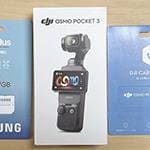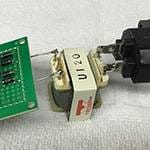Did you know that Sound House has started offering various cameras and lenses? With more opportunities to capture your music activities, create music videos, and produce video content—especially since the COVID-19 pandemic—using cameras has become more common than before. In this article, we'll introduce the basics of the cameras and camera lenses available at Sound House.
■ Basic Knowledge of Digital Cameras
Types of Cameras
Cameras are generally categorized into several types. In this article, we'll focus on the currently popular digital cameras and explain their features.
Digital Single-Lens Reflex Camera (DSLR)
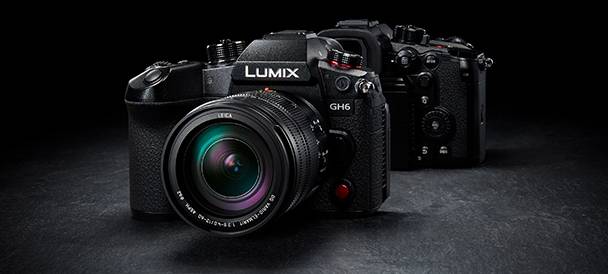
LUMIX / DC-GH6
Commonly referred to as "SLR," this type of camera is known for having a single "eye" that gathers light, hence the term "single-lens." The "reflex" in SLR stands for "reflex mirror," which reflects the light entering through the lens to the viewfinder. This means that with a DSLR, you can capture exactly what you see through the lens.
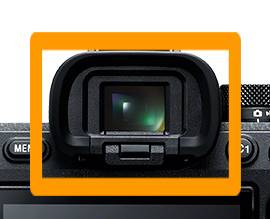
Viewfinder Example
One of the major advantages of DSLRs is the wide variety of interchangeable lenses available and the ability to capture high-quality images. However, they tend to be more expensive and heavier, which can be seen as drawbacks. These cameras are ideal for those who want to take photography more seriously, rather than just taking a small step up from smartphone photography.
Mirrorless Cameras

SONY / α7R III
This is currently the hottest camera on the market. It's called "mirrorless" because it doesn't have a mirror to direct light to the viewfinder. Compared to DSLRs, mirrorless cameras are generally lighter and more compact, which is a significant advantage. Since they use a sensor to digitally process images, what you see through the viewfinder is the processed image. As a result, they are less suited for capturing fast-moving subjects, such as in sports photography. Additionally, due to their relatively recent rise in popularity, the range of compatible lenses is still somewhat limited. Mirrorless cameras are a good option for those new to photography or as a first step into the world of serious cameras.
Compact Digital Cameras

SONY / ZV-1
Often simply referred to as a "digital camera," this type was synonymous with "digicams" just a few years ago. Its defining features are its lightweight and compact design, even more so than mirrorless cameras. While it doesn't allow for interchangeable lenses, it offers a wide variety of shooting modes, and as mentioned, it's incredibly lightweight. Many models are marketed specifically for vlogging, and there's an abundance of accessories designed with vloggers in mind. However, the inability to change lenses means that the range of shooting options is narrower compared to DSLRs. These cameras are recommended for personal video recording and casual photography.
What is Full-Frame? What are APS-C/Micro Four Thirds?

Photos Taken with a Full-Frame Sensor Camera
When purchasing a camera, you might consider factors like shooting modes, ISO sensitivity, and resolution, but do you pay attention to the size of the image sensor? Digital cameras capture and record images using a sensor, so the size of the sensor directly impacts the camera's performance. While smartphone sensors have been gradually increasing in size, digital cameras still boast sensors that are many times larger, which is one of the key advantages of using a dedicated camera.
Now, the difference between full-frame and APS-C/Micro Four Thirds cameras lies in the size of the sensor. This difference significantly affects various camera specifications, such as the level of background blur (bokeh), image quality, and field of view.
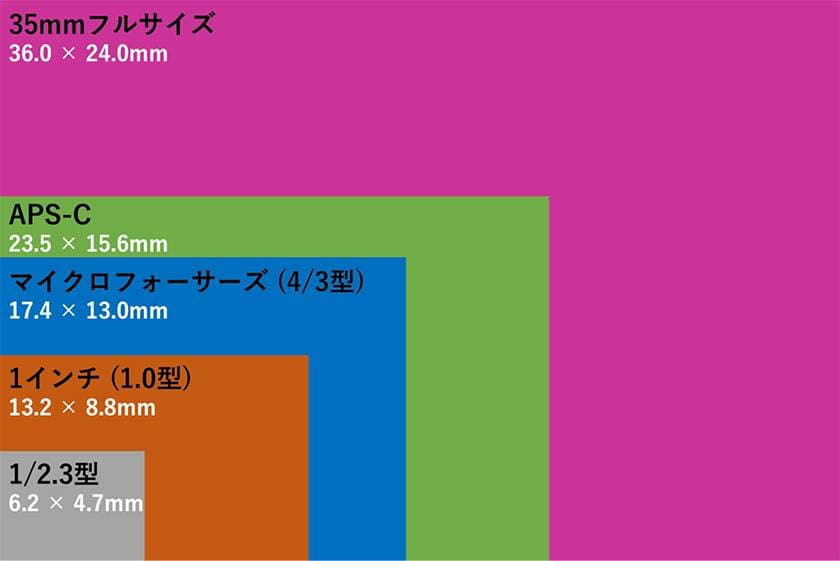
Sensor Size Chart
Full-Frame
Also known as the 35mm size because it closely resembles the 35mm film used in the film camera era, the full-frame sensor is typically found in mid- to high-end cameras. It's a type that any photography enthusiast would want to own. Compared to APS-C sensors, full-frame sensors offer better background blur (bokeh) and richer gradation in light (tonal expression). Due to their larger size, these sensors also perform exceptionally well in low-light conditions, allowing for clear and detailed shots even in darker environments.
However, as mentioned, full-frame sensors are usually found in higher-end models, making them more expensive than APS-C cameras. Additionally, lenses compatible with full-frame cameras tend to be larger and more expensive as well.
APS-C/Micro Four Thirds
The APS-C sensor, designed specifically for digital cameras, is slightly smaller and lighter than a full-frame sensor. This makes it more affordable and common in entry-level models. APS-C sensors are a great choice for those who want to explore photography more deeply, as they sit between the full-frame and Micro Four Thirds sensors in terms of size and performance. One thing to note is that APS-C sensors have a crop factor of about 1.5x, and Micro Four Thirds sensors have a crop factor of about 2.0x, meaning they produce a narrower field of view, effectively bringing the subject closer. This characteristic makes smaller sensors appealing for those interested in telephoto photography.
Micro Four Thirds cameras, like those in the LUMIX series, are particularly advantageous for their lightweight and compact design, making them easy to handle and carry around. While they produce less bokeh compared to larger sensors, this can actually be a benefit for those who want to keep the background sharp and detailed. This makes Micro Four Thirds cameras a good choice for everyday snapshots or capturing memories of your children as they grow.
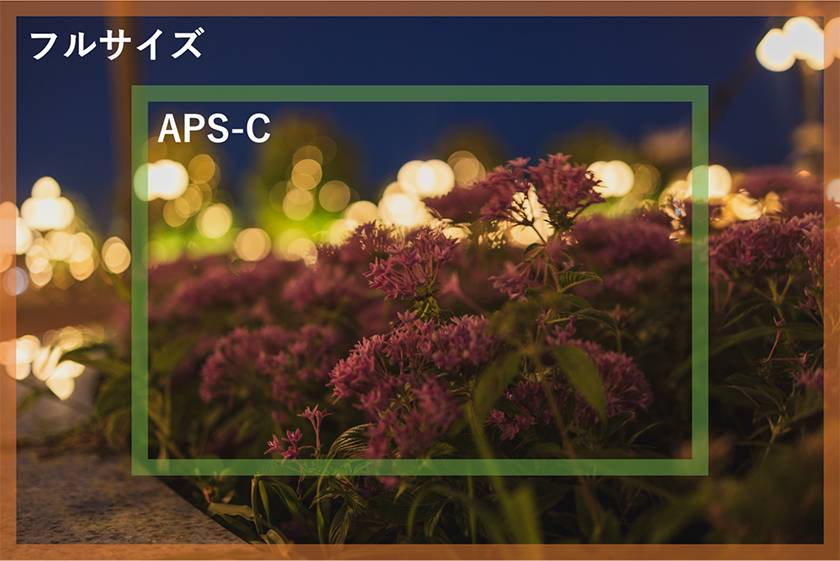
Image of Field of View Based on Sensor Size
Camera Lenses
Except for compact digital cameras, the cameras we've discussed so far allow for interchangeable lenses. However, each camera has a specific lens mount type, and you must use lenses compatible with the mount on your camera.
With that in mind, you'll want to choose your lens based on the focal length and the type of images you want to capture. Let's break down the key points to consider when selecting a camera lens.
Focal Length
Think of focal length as a way to quantify the area your lens can capture (the field of view). The shorter the focal length, the wider the angle of view, while a longer focal length means the lens excels at telephoto (zoomed-in) shots. For human eyes, the field of view is roughly equivalent to 50mm on a full-frame camera (though our actual vision is wider, we focus on around 50mm). So, if you want to capture what you see naturally, a 50mm lens is a good choice.
Lenses that allow you to change the focal length are generally called zoom lenses, while those fixed at one distance are known as prime lenses. These two types are often included in camera kits or beginner sets. Prime lenses tend to produce stronger bokeh (background blur) and often have lower f-numbers (allowing for brighter images).
F-Number (F-Stop)
Simply put, the amount of light entering the camera is adjusted by changing the size of the aperture, which is represented by the f-number. A smaller f-number allows for brighter images but also produces more background blur. Conversely, a larger f-number results in darker images but keeps the background sharp and clear. If you want to take advantage of the bokeh effect on a full-frame camera, a lens with a low f-number is ideal.
Mount
The lens mount issue mentioned earlier can be quite tricky. Full-frame lenses cannot be used on APS-C cameras, but APS-C lenses can technically be used on full-frame cameras (except for Canon products). However, since APS-C lenses are designed for smaller sensors, using them on a full-frame camera often results in vignetting, where the edges of the image are blacked out and nothing is captured.
*Note: Canon's EF-S mount lenses for APS-C cameras should never be used on full-frame bodies because doing so could damage the camera's mirror mechanism.*
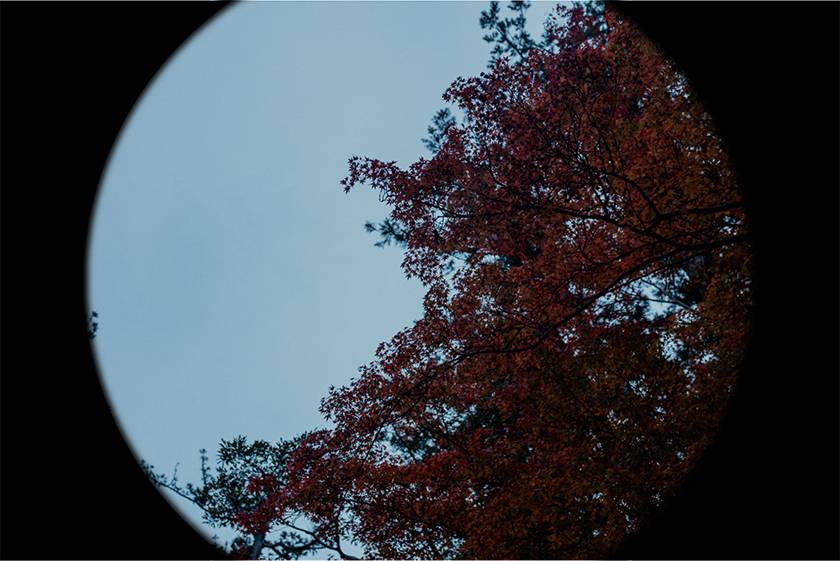
Vignetting Image
■ Recommended Cameras & Lenses
Now, let's introduce some recommended cameras available at Sound House!
Sony's mirrorless cameras tend to emphasize blue tones, making them well-suited for capturing landscapes and night scenes. Thanks to the high sensor sensitivity, they excel in low-light conditions. Additionally, Sony's cameras are known for their strong video capabilities, including features like S-Cinetone, which enhances midtones for more natural skin tones—perfect for portrait photography and videography. Whether you're shooting stills or videos, the Sony α7 IV is a versatile tool that delivers outstanding performance across the board.
SONY / FE 24-240mm F3.5-6.3 OSS (SEL24240)
The 24-240mm lens is an incredibly versatile zoom lens, covering a broad range from wide-angle to telephoto. With a minimum aperture of f/3.5, it handles most everyday shooting scenarios effortlessly, making it a highly practical choice. Even as a loyal Canon user, I can’t help but feel a bit envious—offering this aperture range at such an affordable price is quite impressive.
With a focal length of 28mm and a wide-open aperture of f/2, this lens offers exceptional specs at an affordable price. It's perfect for portrait photography and everyday use, with more than enough versatility for most scenarios. In fact, it might even be too bright in some situations, so I recommend using a variable ND filter to help control the exposure.
Lastly, while this lens isn’t available for Sony mounts, it’s a great recommendation for Canon and Nikon users!
SIGMA / Art 24-105mm F4 DG OS HSM for Canon EF Mount
Sigma is a name synonymous with third-party camera lenses, known and respected by photographers worldwide. Among its three product grades, the Art series stands out as the pinnacle of quality, offering the highest-grade lenses in the lineup. This particular lens covers the essential focal range from 24mm wide-angle to a moderate telephoto, making it highly versatile. What’s truly impressive is its ability to maintain a constant f/4 aperture throughout the entire zoom range! In contrast, lenses like the previously mentioned FE 24-240mm F3.5-6.3 OSS (SEL24240) have a variable f-stop as you zoom in and out, which is standard for lenses in this price range. The ability to access professional-grade optics at an affordable price is one of the key advantages of third-party lenses like Sigma.
I hope this guide has sparked some interest in photography for you. Happy shooting!





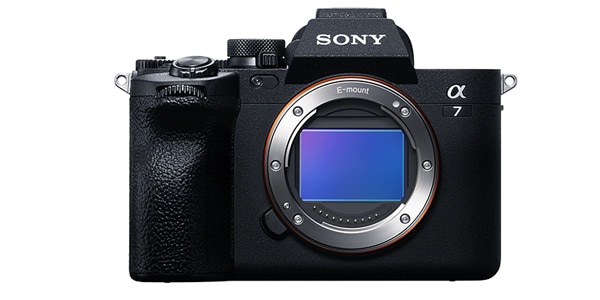
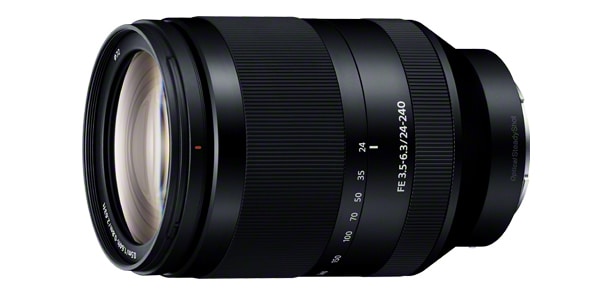
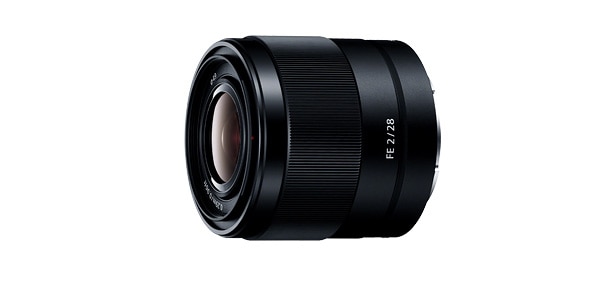
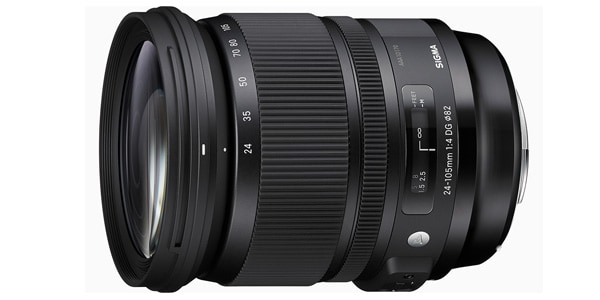





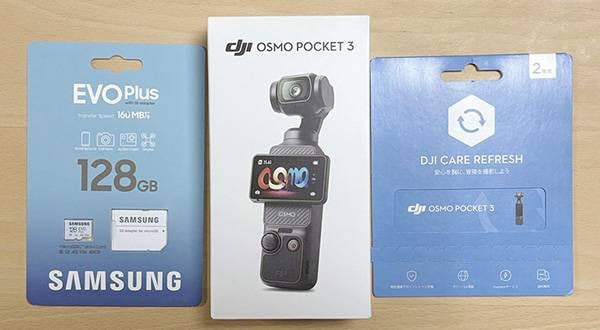



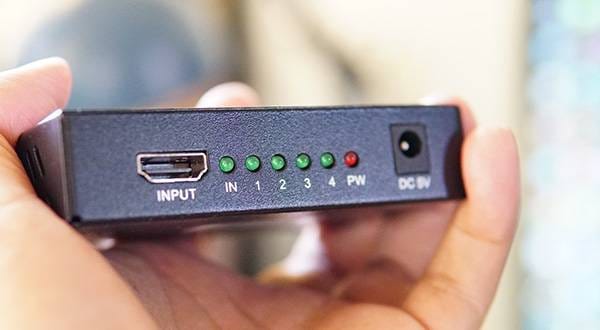
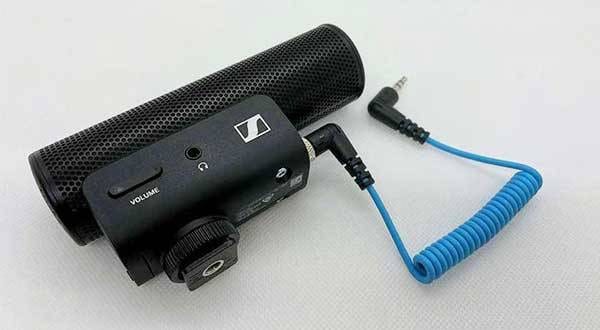
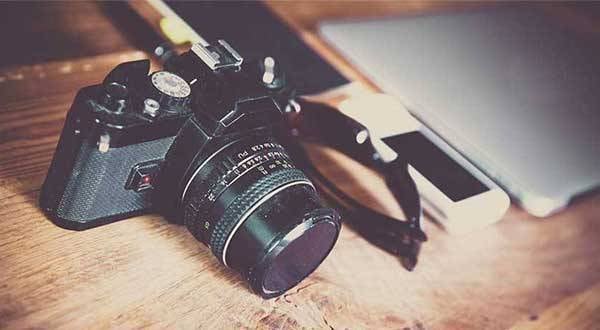

![[2024] 15 Recommended Equipment for Online Broadcasting! Get Started with Live Streaming/Gaming/Podcasting!](/contents/uploads/thumbs/2/2021/12/20211214_2_15561_1.jpg)

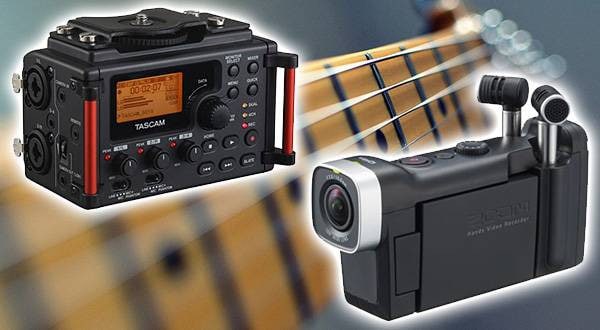
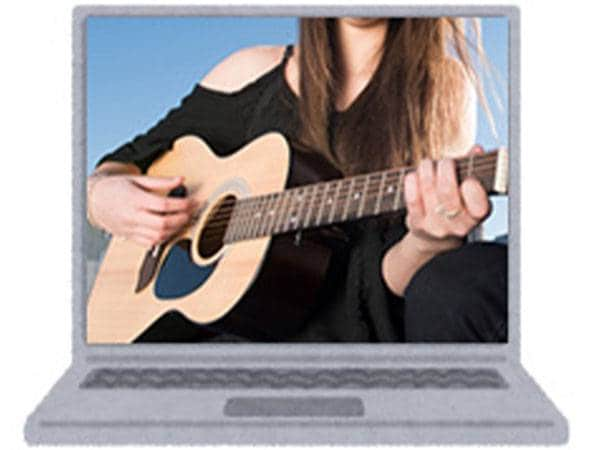 ライブ配信に必要な機材
ライブ配信に必要な機材
 ライブ配信に必要な機材を徹底解説 オンラインライブの創り方
ライブ配信に必要な機材を徹底解説 オンラインライブの創り方
 Roland ビデオ・スイッチャーの選び方
Roland ビデオ・スイッチャーの選び方
 Panasonic BOXカメラについて
Panasonic BOXカメラについて
 Panasonic LUMIXルミックスとは
Panasonic LUMIXルミックスとは
 ミュージックビデオ撮影テクニック!
ミュージックビデオ撮影テクニック!
